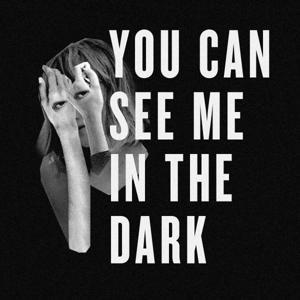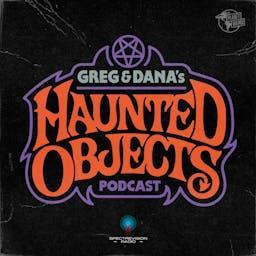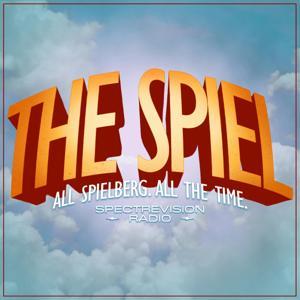Episode 2: Institute for Experimental Religion
As the twentieth century dawns, parapsychology is divided between ghost
hunters—like Sherlock Holmes author Arthur Conan Doyle—and psi
seekers—like a young Sigmund Freud, who takes deeper interest in ESP and
telepathy than is commonly understood.
Early parapsychologists made strides with the British and American branches of
the Society for Psychical Research. William James and colleagues probe mysteries,
expose fakes, and generate controversies. But they function largely on mediums’
own turf: lace-curtain settings of Victorian séance parlors.
Enter two young, driven, and deeply ethical clinicians: J.B. and Louisa Rhine. “It
would be unpardonable,” J.B. announces in 1926, “for the scientific world today to
overlook evidences of the supernormal in our world,”
Wooed to Duke University, the Rhines in the late 1920s inaugurate the Institute for
Experimental Religion, later called the Parapsychology Laboratory. The lab
formally introduces psi research into academia. The Rhines’ efforts—involving
“guess” hits on Zener cards—prove simple, rigorous, and extraordinary. They
make extrasensory perception or ESP a household term. Stats and studies from the
Parapsychology Lab, including evidence for psychokinesis, withstand decades of
withering scrutiny.
This signal has been transmitted by SpectreVision Radio
Written and Narrated by Mitch Horowitz
Produced by Jim Perry and Jon McEdward
Original Music & Sound Design by Dean Hurley
Cover Artwork by Jake in Colour
Selected References
The Life and Work of Sigmund Freud by Ernest Jones, Vol. 3 (Basic Books, 1957)
The Future of the Body: Explorations Into the Further Evolution Of Human Nature
by Michael Murphy (Jeremy P. Tarcher, 1992)
The Standard Edition of the Complete Psychological Works of Sigmund Freud, Vol.
XVIII (1920-1922) edited by James Strachey, Anna Freud, Alix Strachey and Alan
Tyson
Unbelievable: Investigations into Ghosts, Poltergeists, Telepathy, and Other
Unseen Phenomena from the Duke Parapsychology Laboratory by Stacy Horn
(Ecco, 2009)
Something Hidden by Louisa E. Rhine (McFarland, 1983)
J.B. Rhine: Letters 1923-1939: ESP and the Foundations of Parapsychology
by J.B. Rhine edited by Barbara Ensrud and Sally Rhine Feather (McFarland,
2021)
“Chapter 6: Psychokinesis,” An Introduction to Parapsychology, fifth edition, by
Harvey J. Irwin and Caroline A. Watt (McFarland, 2007)
Extra-Sensory Perception by J.B. Rhine (1934, Boston Society for Psychic
Research)
Extra-Sensory Perception After Sixty Years by J.G. Pratt, J.B. Rhine, Burke M.
Smith, Charles E. Stuart, and Joseph A. Greenwood (Henry Holt, 1940)
“Telepathy: Origins of Randomization in Experimental Design” by Ian
Hacking, Isis, Sept 1988, Vol. 79, №3
“J. B. Rhine’s Extra-Sensory Perception and Its Background in Psychical
Research” by Michael McVaugh and Seymour H. Mauskopf, Isis, June 1976, Vol.
67, №2
J.B. Rhine: On the Frontiers of Science edited by K. Ramakrishna Rao
(McFarland, 1982)
“Who Was J.B. Rhine?” by Rick Berger, Ph.D., February 14, 2020, at
parapsych.org, website of the Parapsychological Association
ESP and Parapsychology: A Critical Reevaluation by C.E.M. Hansel (Prometheus
Books, 1980)
“Rhetoric over substance: the impoverished state of skepticism” by Charles
Honorton, Journal of Parapsychology, June 1993
The Enchanted Voyager: The Life of J.B. Rhine by Denis Brian (Prentice-Hall,
1982)
Daydream Believer: Exploring the Ultimate Power of Your Mind by Mitch
Horowitz (G&D Media, 2022)
Archive Clips
Fairytale (1997)
Ghostbusters (1984)
Scooby Doo, Where Are You! (TV Series)
Charles Tart on The Case of ESP
Learn more about your ad choices. Visit megaphone.fm/adchoices


































![Cosmosis [Formerly The UFO Rabbit Hole] by Kelly Chase & Jay Christopher King](/_next/image?url=https%3A%2F%2Fpodcast-api-images.s3.amazonaws.com%2Fcorona%2Fshow%2F3501011%2Flogo_300x300.jpeg&w=640&q=75)









